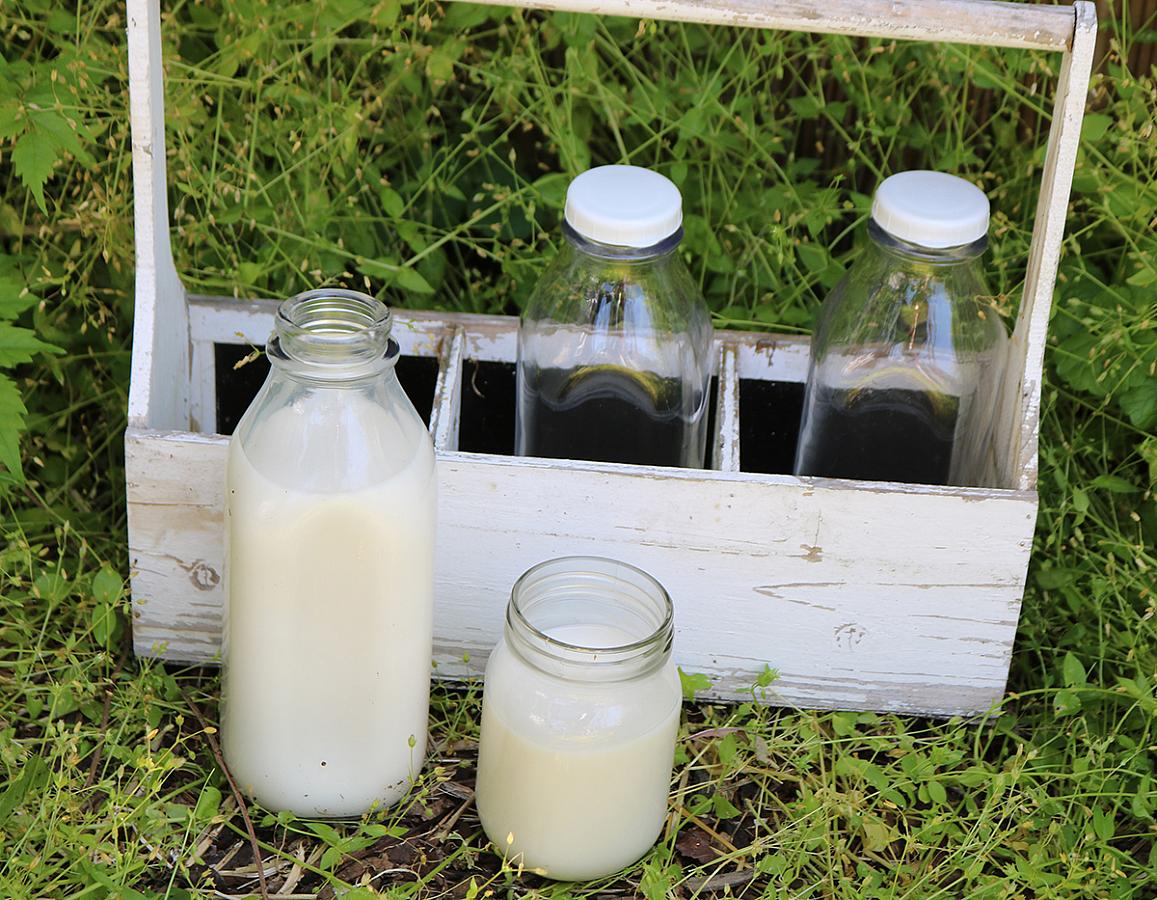
New research co-authored by scientists at the National Institutes of Health demonstrates that a “small but detectable quantity” of infectious H5N1 bird flu virus was able to survive two common approaches to pasteurizing milk. In late March 2024, United States officials reported an outbreak of highly pathogenic avian influenza virus called HPAI H5N1 among dairy cows in Texas. To date, 95 cattle herds across 12 states have been affected, with three human infections detected in farm workers. While the virus has yet to show evidence of an ability to spread from person to person, there is a clear and present need for devices that can be used to detect it.

Scientists at the National Institute of Allergy and Infectious Diseases sought to quantify the stability of H5N1 virus in raw milk when tested at different time intervals at 63℃ (145.4 degrees Fahrenheit) and 72℃, the temperatures most common in commercial dairy pasteurization processes. The samples were prepared, heated, and then cell-cultured and tested to determine if live virus remained and to what extent.
Four milk samples with confirmed high H5N1 levels were tested at 63 degrees Celsius (145.4 degrees Fahrenheit) for 5, 10, 20 and 30 minutes, or at 72 degrees Celsius (161.6 degrees Fahrenheit) for 5, 10, 15, 20 and/or 30 seconds[…]At 72℃, they observed a decrease (104-fold) in infectious virus within five seconds, however, very small amounts of infectious virus were detected after up to 20 seconds of heat treatment in one out of three samples.
In a separate experiment, the researchers stored raw milk infected with H5N1 at 4℃ (39.2 degrees Fahrenheit) for five weeks and found only a small decline in virus levels, suggesting that the virus in raw milk may remain infectious when maintained at refrigerated temperatures.
